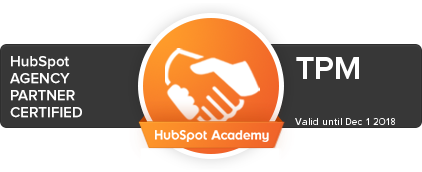Search Engine Optimization is the process of optimizing a website and its pages to increase meaningful traffic. It relies on a list of ranking factors that put one web page above another on Google, Bing, or other search engines.
(This guide will predominantly focus on Google rankings.)

Ask yourself — what is your website’s goal?
- Attract prospective customers and clients for your business
- Increase online presence for your retail location
- Provide useful information for others
- Express yourself via creative art and skills in a way that can be monetized
In all these examples, the goal is to attract as much traffic as possible. And if increased traffic is your aim, working to rank higher in search results is a logical first step.
Did You Know?
The click-through rate (CTR) on the first link displayed in Google search results is 27.6%. It drops to 15.8% on the second link, 11% for third, 8.4% on fourth, 6.3% on fifth, and 4.9% or less for positions six through ten. That’s about 86% of people clicking on the first search engine results page (SERP), leaving little to the second page and almost nothing for later pages.
Does It Work?
A recent survey found that 37% of respondents don’t see value in SEO, think it’s unnecessary or do not understand it. But the global SEO industry is estimated to reach $122 billion by 2028 — so someone must be getting something out of it.

SEO is not without its caveats. It can take some time and effort for strategies to bear fruit. A couple points worth considering:
- SEO is measurable. Google provides tools that let you see which of your pages are being looked at, for how long, where visitors go after, and more.
- SEO lasts for the life of your website. In contrast, search engine marketing (SEM) and PPC only show results while campaigns run.
- Organic traffic is free! Once you’ve implemented your strategy, there is no additional cost — people are searching for YOU to fulfill their needs and solve their problems.
What is Google Looking For?
In Google’s own words, “the mission is to organize the world’s information and make it universally accessible and useful”. They want to present the user with clear and concise information — and give them a good experience at the same time. Google relies on the people publishing websites to do this and rewards them with SEO value.
If we then lay out the process of SEO in simple terms, it looks something like this:
- Establish a site that is clear and easy to use on multiple devices
- Create high quality content that provides value to visitors
- Make it easy for people (AND robots) to understand what your content is about
- Convince other people to share your content

Cracking Google’s Code
You might think Google’s search algorithm is a heavily guarded secret. Actually, it’s not!
Google has published a free 175-page handbook that details their 200+ ranking factors and how you can optimize your website. But if you’re like most people, you’re probably not prepared to wade through such a massive document for potentially small returns — ranking factors only offer a small boost to a site’s SEO value.
In this guide, we’ll outline current SEO best practices in simple, clear language, so you can start optimizing your site right away. We’ll cover the different categories of SEO, how to optimize each ranking factor, and the latest trends in SEO.
Pro Tip: Strategies used from this point on will require your website to be verified with Google Search Console and have Google Analytics set up.


